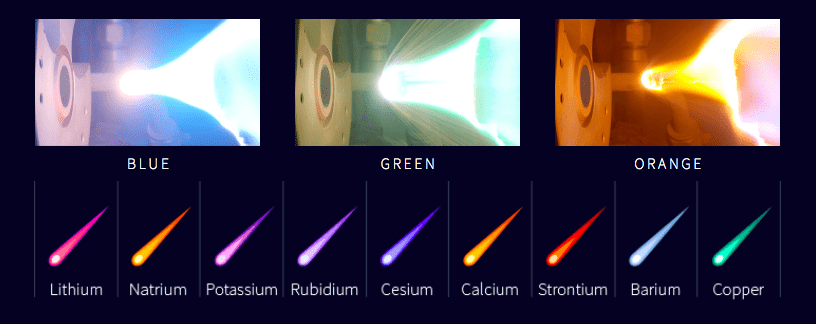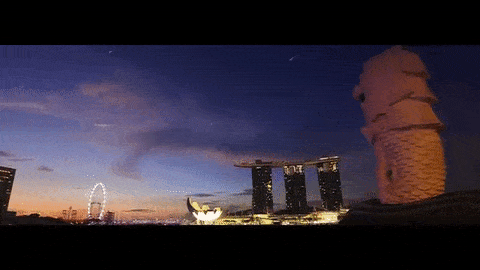One Japanese startup is planning one hell of a fireworks show for the official opening of the Tokyo 2020 Olympic Games. The company, called Star-ALE, wants to launch a satellite in space which just at the right moment will release pellet particles. Once they re-enter the atmosphere, these should ignite and glow by the hundreds like a meteor shower.
For the Sky Canvas project, microsatellite will carry 500 to 1,000 pieces of these pellets in the second part of 2017. At the opening of the games in 2020, a command will be sent to the now orbiting satellites to discharge the particles. These will travel one-third of the way around the planet, and then enter the atmosphere where they will become shooting stars.
To make things even more interesting, the pellets will be made from various chemicals that will burn in different colours. In the lab, Star-ALE demoed how this should work. Researchers shot the particles in a vacuum chamber at supersonic speeds to simulate atmospheric re-entry. The graphic below shows the colours of the shooting stars varied according to their composition.

Once the particles burn, the fireworks should be visible over a 100 kilometres radius. That’s wide enough to entertain 30 million people in the greater Tokyo metropolitan area.
This ought to be pretty expensive, though. Each pellet costs $8,000 while one single microsatellite is priced at $100,000.
Was this helpful?




